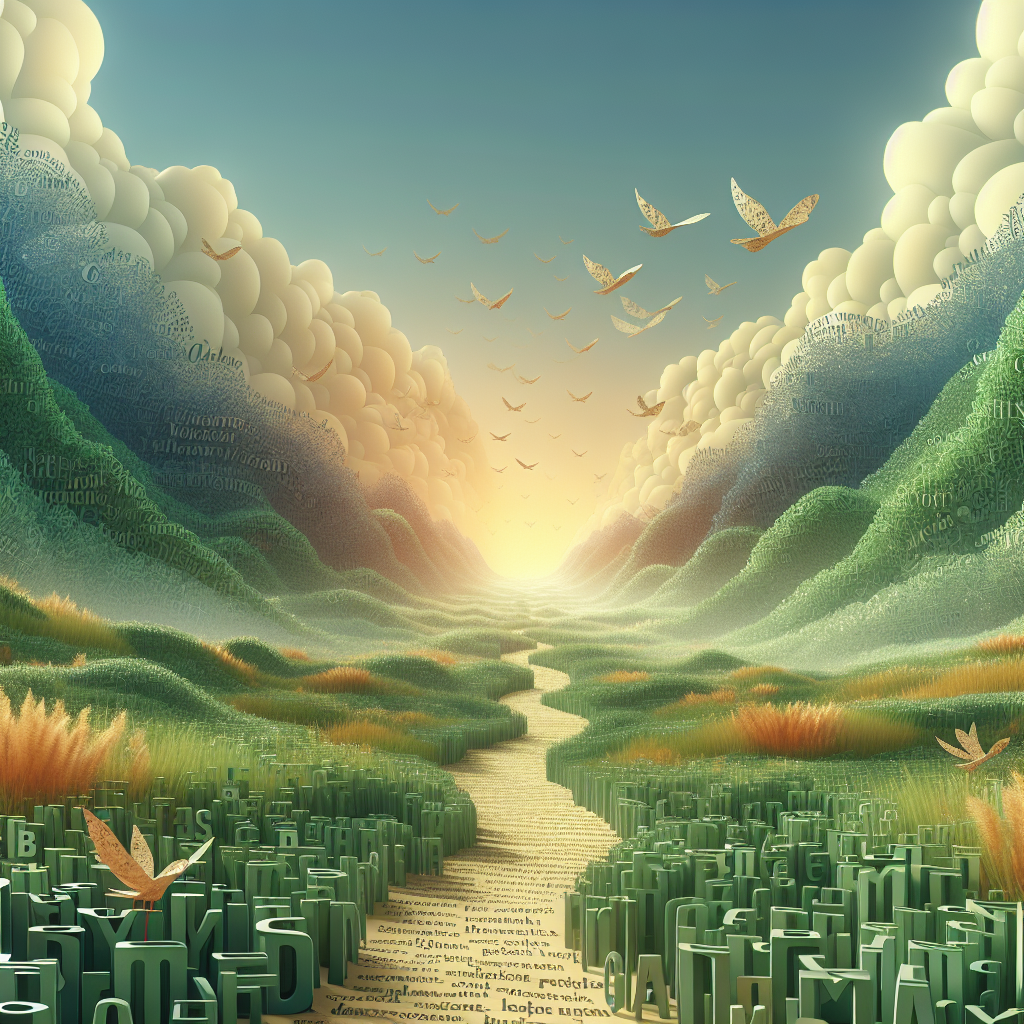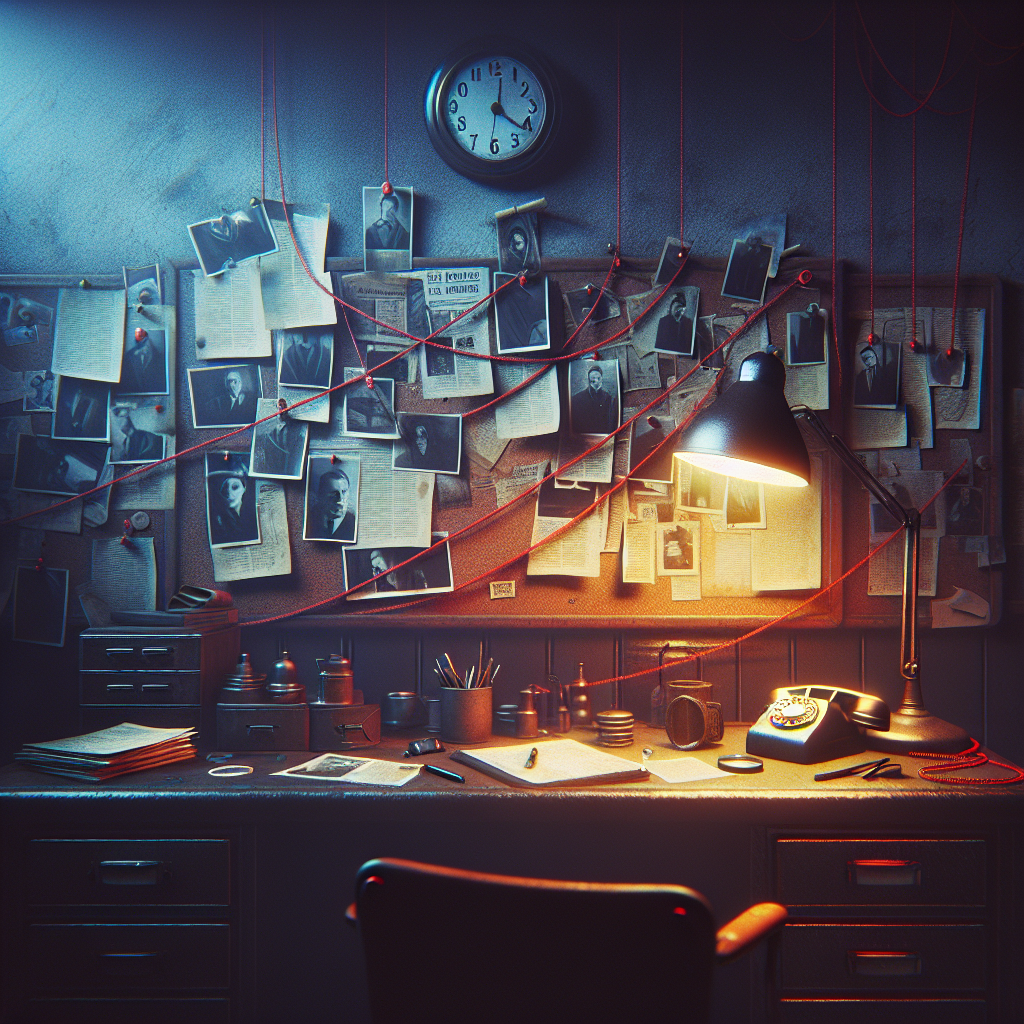Golden Age Cinema: Must-Watch Movies from the 1950s
The 1950s is often heralded as the Golden Age of Cinema, a pivotal decade that produced some of the most influential and enduring films in history. From revolutionary filmmaking techniques to groundbreaking narratives, this era laid the foundation for modern cinema. In this blog post, we’ll dive into the must-watch movies from the 1950s that every cinephile should have on their radar.
The Birth of Modern Cinema
The 1950s saw a transformation in the film industry, characterized by the advent of color films, widescreen formats, and an increased focus on storytelling and character development. This decade also witnessed the rise of legendary directors and actors whose work continues to inspire filmmakers today.
Alfred Hitchcock’s “Rear Window” (1954)
Director: Alfred Hitchcock
Main Cast: James Stewart, Grace Kelly, Wendell Corey
Alfred Hitchcock, often referred to as the “Master of Suspense,” delivered one of his finest works with “Rear Window.” This film is a masterclass in building tension and suspense. Set entirely in a single apartment, it tells the story of a wheelchair-bound photographer who becomes convinced he has witnessed a murder in a neighboring building. The film’s innovative use of a single setting and its exploration of voyeurism make it a timeless classic.
Elia Kazan’s “On the Waterfront” (1954)
Director: Elia Kazan
Main Cast: Marlon Brando, Karl Malden, Lee J. Cobb
“On the Waterfront” is a gripping drama that delves into the world of corruption on the docks of New York. Marlon Brando’s iconic performance as Terry Malloy, a former boxer turned dockworker, won him an Academy Award for Best Actor. The film’s powerful themes of redemption and justice, combined with its stellar performances and direction, make it a must-watch.
Billy Wilder’s “Sunset Boulevard” (1950)
Director: Billy Wilder
Main Cast: William Holden, Gloria Swanson, Erich von Stroheim
“Sunset Boulevard” is a dark and captivating look at the underbelly of Hollywood. The film follows the story of a struggling screenwriter who becomes entangled with a faded silent film star yearning for a comeback. Billy Wilder’s sharp direction and the haunting performances of the cast create an unforgettable cinematic experience.
Stanley Donen and Gene Kelly’s “Singin’ in the Rain” (1952)
Directors: Stanley Donen, Gene Kelly
Main Cast: Gene Kelly, Donald O’Connor, Debbie Reynolds
Considered one of the greatest musicals of all time, “Singin’ in the Rain” is a joyous celebration of Hollywood’s transition from silent films to talkies. The film’s unforgettable dance sequences, catchy songs, and charming performances have cemented its place in cinematic history. Gene Kelly’s iconic dance in the rain remains one of the most memorable scenes in film.
Impact of 1950s Cinema on Modern Filmmaking
The influence of 1950s cinema can be seen in numerous aspects of modern filmmaking. From narrative techniques and character development to visual storytelling and innovative use of technology, the legacy of this golden age continues to shape the industry.
The Rise of Method Acting
One of the most significant contributions of 1950s cinema was the rise of method acting. Actors like Marlon Brando and James Dean brought a new level of authenticity and emotional depth to their performances, influencing generations of actors to come.
Technological Advancements
The 1950s saw the introduction of several technological advancements that revolutionized the film industry. Widescreen formats like CinemaScope and VistaVision provided filmmakers with new tools to enhance their storytelling. Additionally, the increased use of color film added a new dimension to cinematic visuals.
Exploration of Social Issues
Films from the 1950s began to tackle complex social issues, paving the way for more nuanced and thought-provoking cinema. Movies like “On the Waterfront” and “12 Angry Men” explored themes of justice, corruption, and morality, setting a precedent for socially conscious filmmaking.
Actionable Tips for Enjoying 1950s Cinema
To fully appreciate the masterpieces of 1950s cinema, consider the following tips:
Create a 1950s Movie Marathon
Gather a list of must-watch films from the 1950s and dedicate a weekend to exploring these classics. Watching them back-to-back will provide a deeper understanding of the era’s cinematic trends and innovations.
Read Up on Film History
Enhance your viewing experience by reading books or articles about the history of 1950s cinema. Understanding the context in which these films were made will offer valuable insights into their themes and significance.
Join a Film Club or Online Community
Engage with fellow film enthusiasts by joining a film club or participating in online forums. Discussing and analyzing these films with others can lead to new perspectives and discoveries.
Visit Film Festivals and Screenings
Many film festivals and independent theaters host screenings of classic films. Attending these events can provide a unique opportunity to experience 1950s cinema on the big screen, as it was originally intended.
Conclusion
The 1950s was a transformative decade in the history of cinema, producing timeless classics that continue to captivate audiences today. From the suspenseful brilliance of “Rear Window” to the musical magic of “Singin’ in the Rain,” these films offer a rich and diverse tapestry of storytelling and innovation. By exploring the must-watch movies from this golden age, you’ll gain a deeper appreciation for the artistry and legacy of 1950s cinema.
So, grab some popcorn, dim the lights, and embark on a cinematic journey through one of the most influential decades in film history. Happy watching!






Leave a Reply
You must be logged in to post a comment.